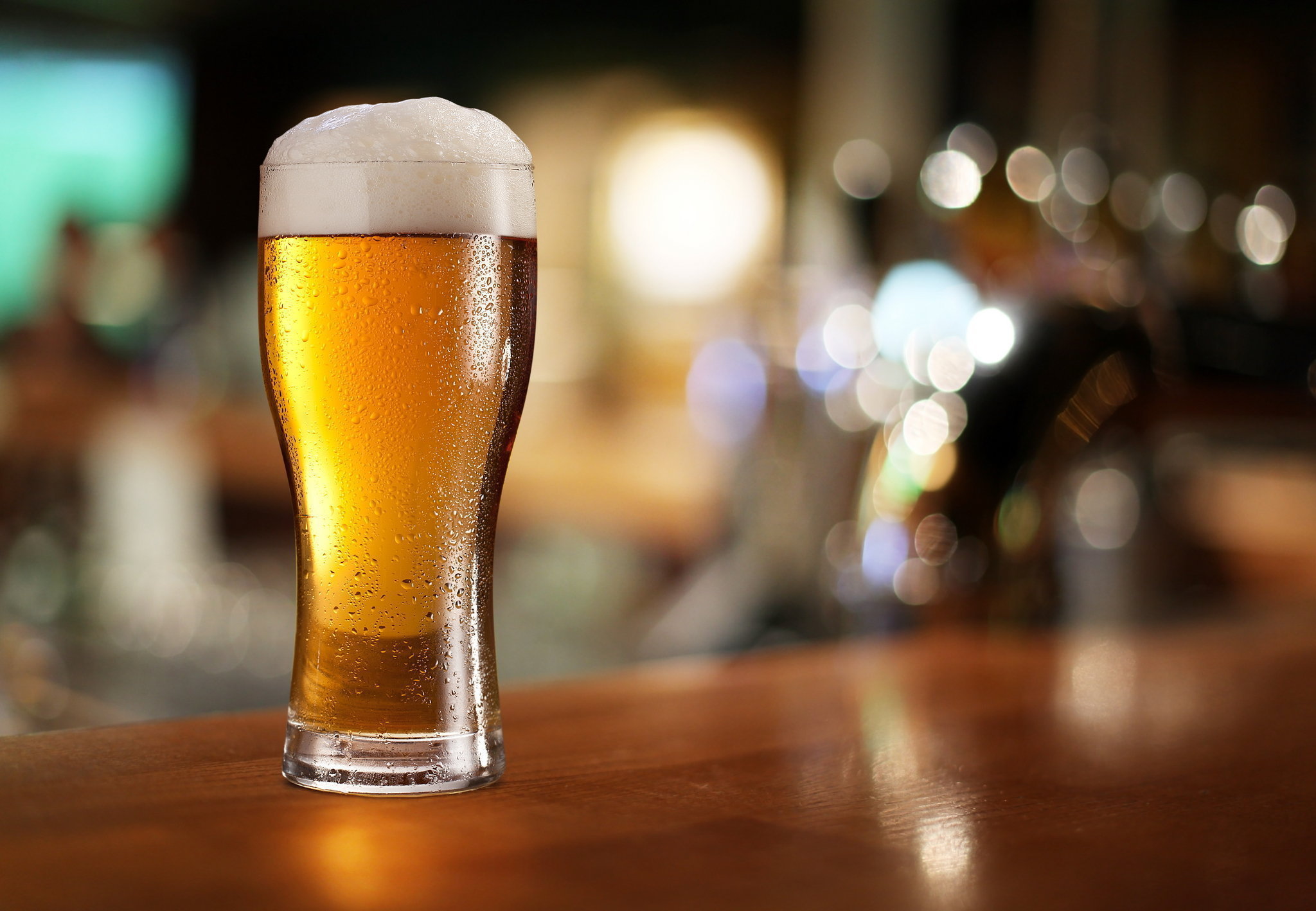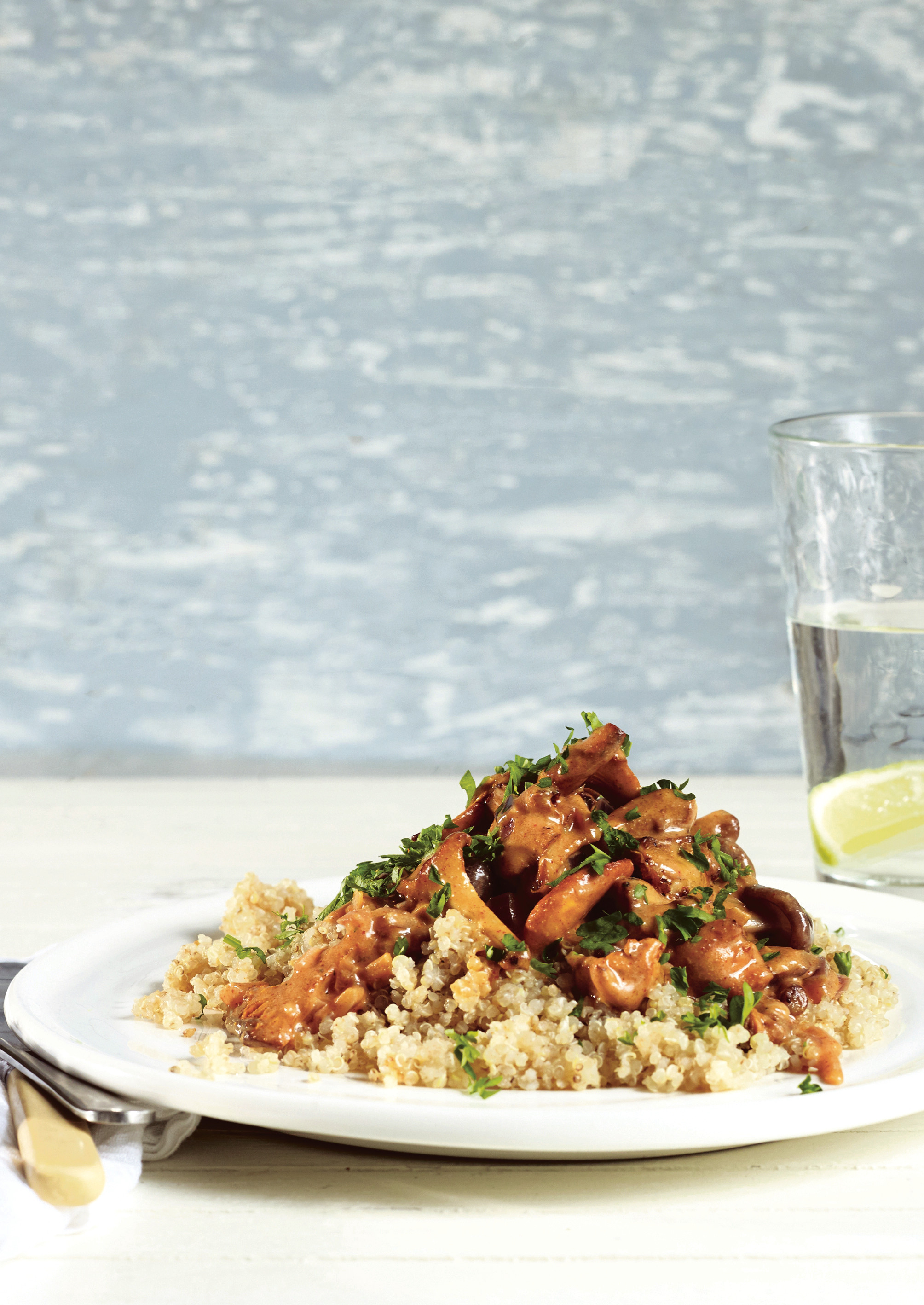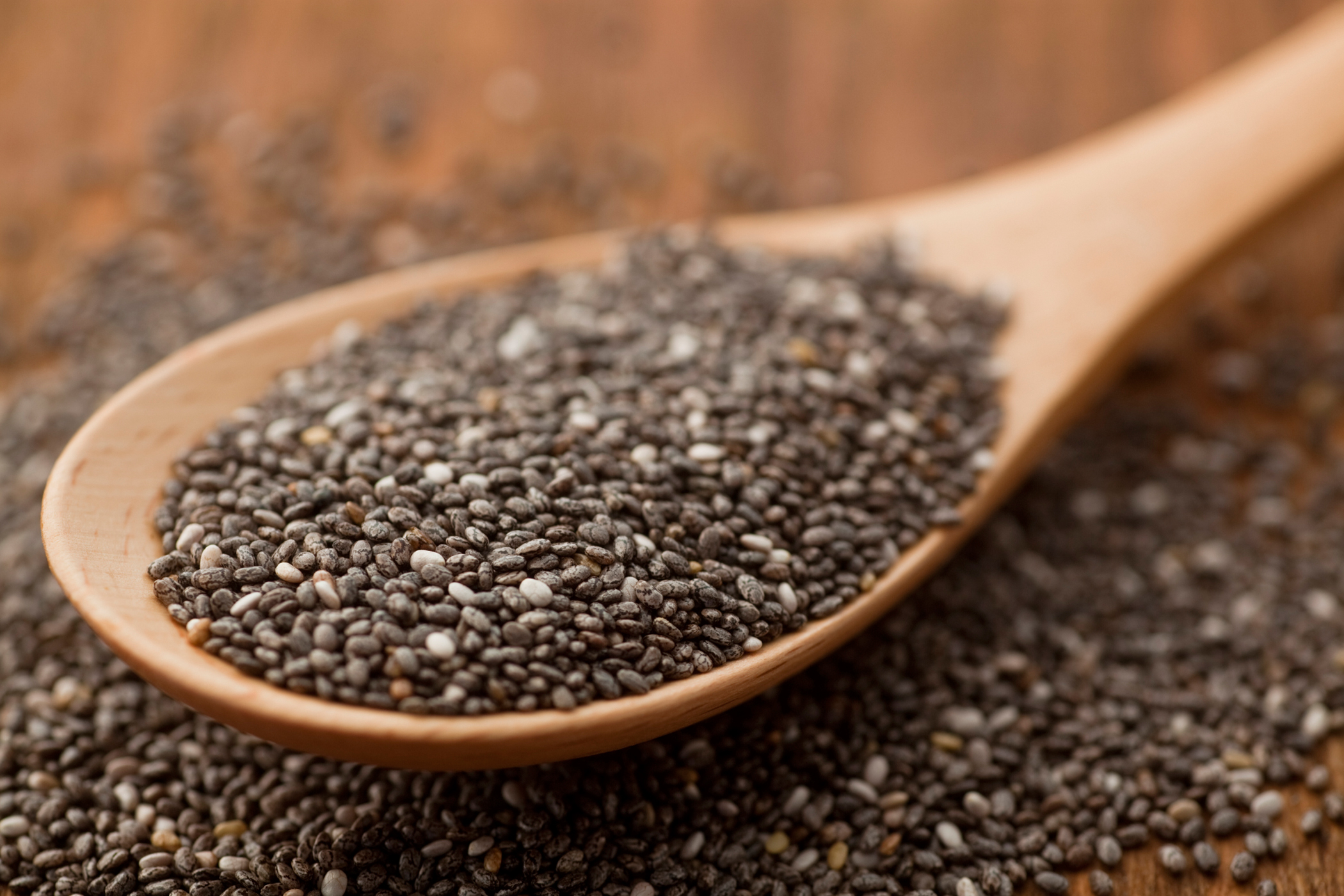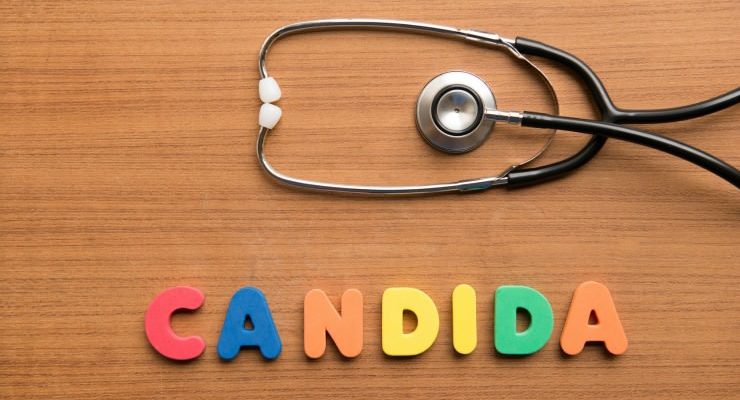Ok let’s admit it. Candida isn’t the most glamorous of topics is it?! But it appears to affect rather a lot of people, and I believe it’s something that we all need to be more aware of – especially us ladies.
What is Candida?
Candida albicans is a single-celled fungus, which is always found in a healthy digestive tract and genital area. Under normal circumstances, it helps your body with digestion and absorbing nutrients, and your friendly gut bacteria helps to keep it under control. But if it’s allowed to multiply and grow in disproportionate amounts, it can cause infection both locally as nappy rash or thrush, and throughout your entire system.

Why does it develop?
There are various different reasons for developing candidiasis, from a highly stressful lifestyle, overuse of antibiotics, or from a diet high in processed and refined foods, especially sugars.
Candida tends to be under-diagnosed, as its symptoms can relate to a variety of other ailments. Women are usually more affected than men, and it has been associated with weight gain and bloating.

Many people don’t even know that they have candida, and think that intense sugar cravings are normal, or simply related to fluctuating hormones. There are some laboratory tests available for diagnosing it, including blood, stool and urine tests, so please speak to your GP if you’re concerned.
Your diet makes a difference:
Most people have had good success by overhauling their diet because candida lives off sugar, which means that you feed it when you eat refined sugar and white flour products or drink alcohol, and especially fermented drinks like wine and beer.

Candida loves sugary foods:
It’s important to be careful about what you’re eating and it can take up to six months to see symptoms disappear completely, but following a strict sugar-free diet should see symptoms start to noticeably improve within a fortnight. The sugary foods that candida likes include refined sugar, bread, white flour-based foods, yeast-based foods, alcohol, sweet tropical fruit, dried fruit, fruit juices or sweeteners such as maple syrup and honey.
 As the candida in your system begins to die off, it’s normal to experience ‘die-off’ symptoms similar to detox, including aching joints, headaches and fatigue. You may still crave sugar as the fungus tries to survive, but once you get through the initial first few days, cravings should subside.
As the candida in your system begins to die off, it’s normal to experience ‘die-off’ symptoms similar to detox, including aching joints, headaches and fatigue. You may still crave sugar as the fungus tries to survive, but once you get through the initial first few days, cravings should subside.
What to eat instead?
Many of my Eat Yourself Fit (€19.99) recipes are devised to discourage and fight candida, whilst encouraging the growth of healthy bacteria in your gut (the Mushroom and Quinoa Stroganoff below is a good option!). However, most of my sweet treats, desserts and smoothies contain fruit, dried fruit and sweeteners, which are all free from refined sugar, but may continue to feed the candida.

Generally, following a sugar-free diet for one to three months should help clear up candida. It’s also important to look after your gut health during this time, by eating plenty of high-fibre veggies and taking a good-quality daily probiotic capsule after your evening meal.

My Own Candida Experience:
I had my own struggles with candida for the very first time after my wedding and honeymoon, which contributed to weight gain and a sore, stubborn fungal infection in my nail bed.
I put myself on a sugar and alcohol-free diet, and felt very tired for the first few days as the die-off occurred. I got pretty bad sugar cravings at the beginning, which I was able to quieten down with a pinch of cinnamon powder dabbed on the middle of my tongue (a great trick!) and I would make hot chocolate with raw cacao powder, almond milk and a few drops of liquid stevia. That really helped me too.

I persevered with a low-sugar diet, kept an eye on portions and exercised regularly, and it cleared up in around 6-8 weeks. My weight stabilised too and I was able to reintroduce sweeter fruits to my diet, including mango and banana. But I still avoid refined sugar and wine now as they don’t tend to react well with me.
Natural supplements:
On top of the anti-candida food plan, I used two very good natural products to help speed up the death of candida in my system. The first was caprylic acid, which is derived from coconut oil and apparently works by ‘poking’ holes in the cells wall of the yeast, causing it to die. It can be found in most good health food shops and I bought mine in Nourish.ie.

The second was oregano oil, again available in health food shops. It’s a powerful anti-fungal, anti-viral and anti-bacterial agent and candida doesn’t develop resistance to it, as it can with other treatments.
Finally, I made sure to get plenty of probiotics into my system everyday, and included other powerful anti-fungal foods in my diet, including raw garlic and ginger. To boost my immune system, I focused on high-antioxidant dark leafy greens and berries, as well as healthy fats from avocados, hemp and chia seeds.


